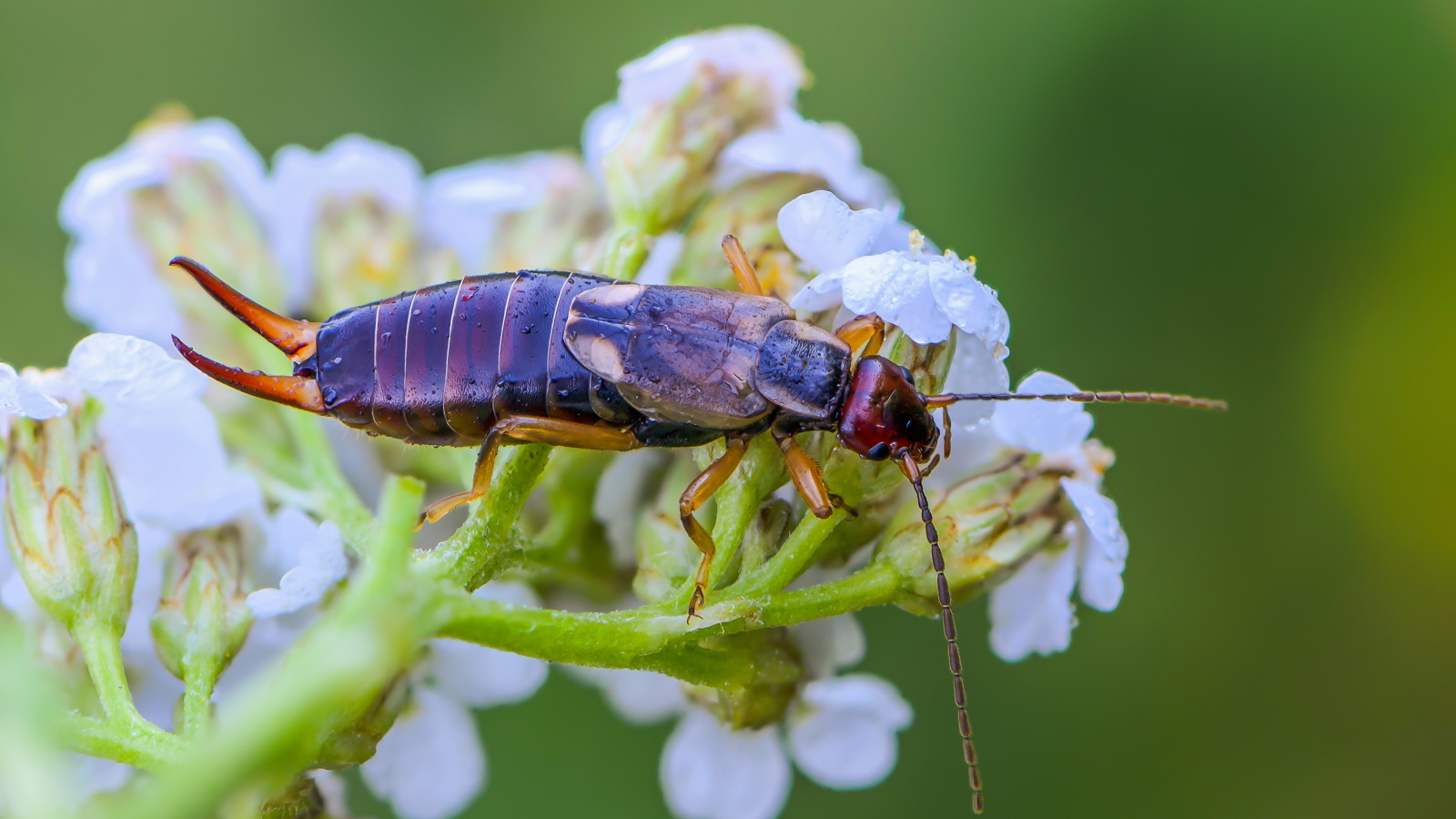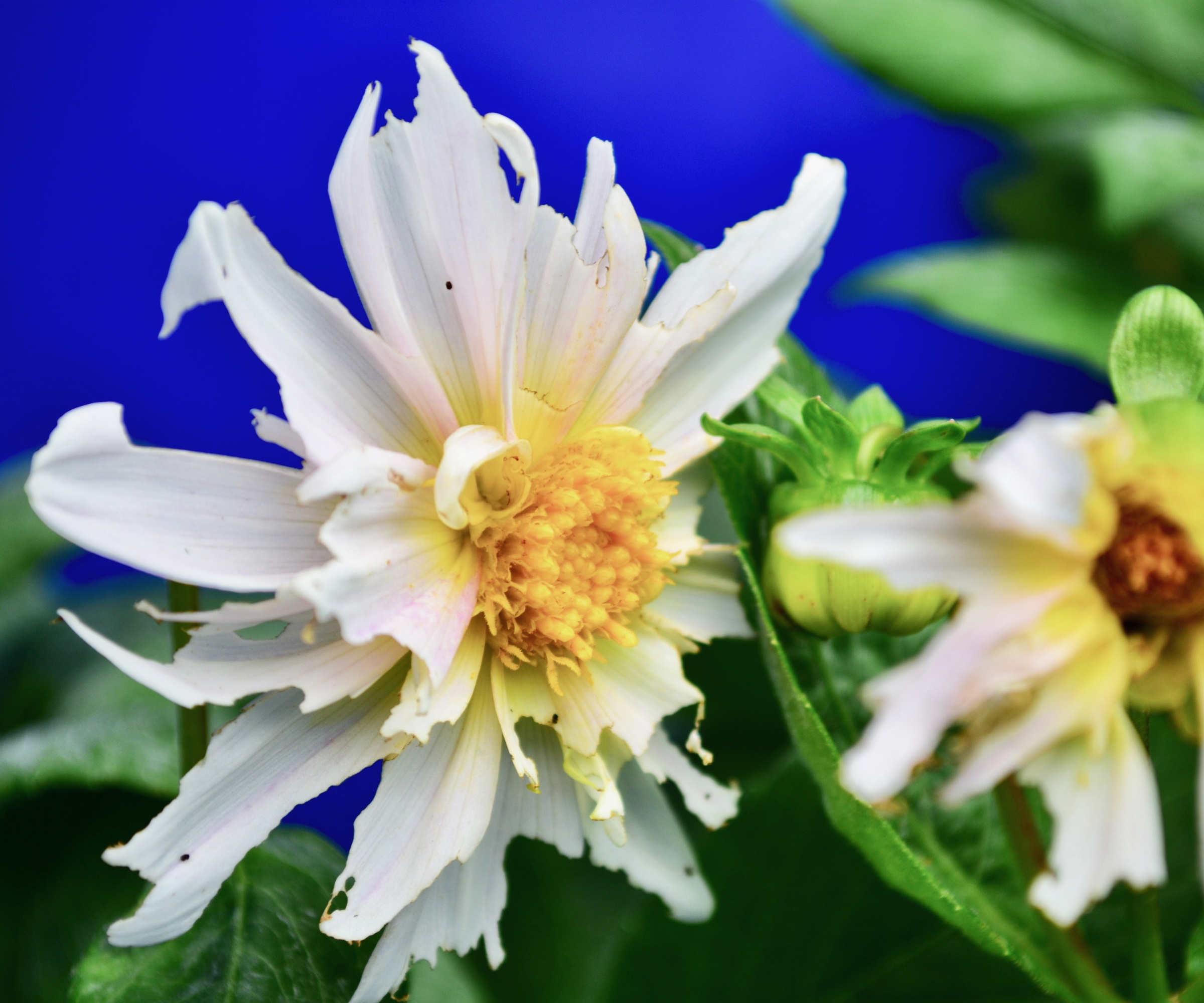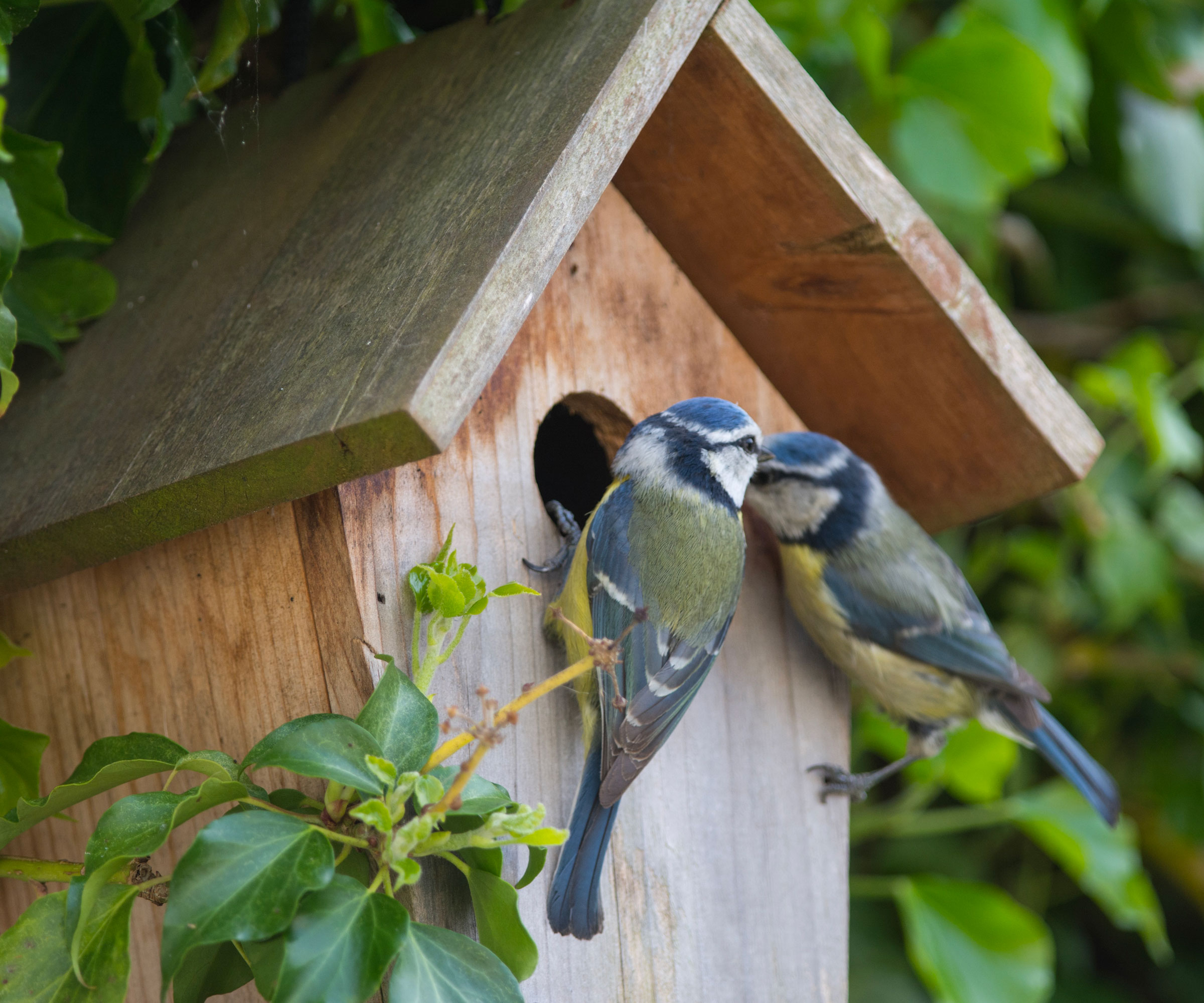Discover how to get rid of earwigs in your yard – with expert advice from professional gardeners
When thinking about how to get rid of earwigs, prevention and organic treatment can help to combat pest infestations in your borders


Earwigs can be a concern for gardeners, feasting on plants and flowers that have been painstakingly grown, causing untold damage to garden borders. They are voracious eaters, meaning that tender shoots of new plants or the leaves of established shrubs are all fair game to the earwig. If you are thinking of planting a flower bed, it will pay to be armed with some natural pest control solutions.
Conversely, earwigs play an important role in the garden ecosystem, pollinating plants and snacking on other pests such as aphids and mites, which is particularly useful for those with fruit trees that annually suffer from aphid attacks. As with anything in the garden, pest control is a balancing act, and despite the good that earwigs can do, a slight increase in their numbers can tip the balance and lead to much damage.
While some pest damage to plants is to be expected, earwig populations can quickly become a destructive force for gardeners to contend with. Unfortunately, earwigs have a fancy for many of our favorite summer flowering plants, including dahlias, clematis and chrysanthemums. If earwig damage on your plot is too great to contend with, there are both preventative and treatment options to help control this garden pest. Read on to discover how to get rid of earwigs in your yard, and what the experts rate as the best options for tackling this problem.

How to get rid of earwigs
There are many options for getting rid of earwigs in the home. However, if earwig populations are a concern in your yard, fear not, there are both preventative and natural treatment options to help control this garden pest. Experts share some of the best solutions for tackling backyard earwig infestations.
How to identify earwigs

The earwig is a small, brown insect, that measures approximately 1/2 inch in length. It has a flattened body, with short antennae and rear pincers or forceps. These threatening rear pincers might go some way to explain why the earwig is so loathed and feared when spotted in garden borders.
You will often find earwigs in moist or damp areas of the yard, hiding under mulch or beneath logs. However, it is easier to spot the damage done by earwigs, as opposed to the earwigs themselves, with leaves and flowers left munched and unsightly as seen in the dahlia picture above. When inspecting damaged plants, you will soon find crawling earwigs lurking under leaves and at the base of the plant.
Preventing an earwig infestation

Before considering treatment options and methods of controlling earwig populations, every gardener's first defense should be prevention.
Design expertise in your inbox – from inspiring decorating ideas and beautiful celebrity homes to practical gardening advice and shopping round-ups.
'Prevention is key,' says Fern Berg, garden expert and founder of Tree Vitalize. 'Creating a diverse garden will attract the natural predators of the earwig to your garden, including birds, ladybugs, lizards and frogs, and will help keep earwig populations in check,' Fern adds.
To do this, fill your yard with native planting and grow different types of flowers, shrubs and trees, 'providing food and shelter for these beneficial critters,' Fern continues. Additionally, earwigs do not like strong-smelling plants, such as rosemary, lavender and garlic, so incorporating these plants in your yard is a good idea.
Bird feeders should be placed in different positions across your yard, hung in trees and large shrubs that will help to welcome a range of different birds. In addition, bird baths will also encourage more wildlife, and this can be as easy as using a plant pot saucer placed on a flat surface, providing water for birds to drink and wash.
If you are considering garden pond ideas, small and large ponds and water features in your outside space will also help to encourage both frogs and other amphibians which predate on insects such as the earwig. Ensure that your pond sits at ground level, and that frogs are able to enter and exit the water.
Finally, it is a good idea to 'clear up debris such as rotting wood, fallen leaves and windfall fruit from near your sensitive crops,' Fern says, 'as these are all attractive hiding places for earwigs.' Keep log piles and compost material as far away from your prized plants and flower borders as possible.

Fern is the founder of Tree Vitalize and has planted and currently cares for over 100 different native and exotic fruit, nut, and ornamental trees. She also cultivates an extensive vegetable garden and several flower gardens and cares for an ever-growing happy family of indoor plants. Fern has a special interest in biodynamic farming, food production, and closed-loop agriculture and is currently in the process of becoming an IARC-certified horticulturist.

This elegant feeder is sure to attract many birds to your backyard, providing you with plenty of enjoyment as birds congregate on the circular perch! Boasting an innovative design, this feeder allows seed to evenly dispense into the seed tray and stops dispensing once the tray is full.
Organic and natural treatments for earwigs

If your earwig population has gotten out of control, certain treatments can help you to rid your yard of this insect.
One option to get rid of earwigs is to use a substance called diatomaceous earth. 'This is one of the best ways to control earwigs,' says Jen McDonald, garden expert and co-founder of Garden Girls. Diatomaceous earth is an organic, fine powder, made from the crushed fossilized remains of tiny, aquatic organisms called diatoms.
Using diatomaceous earth, available here at Nature Hills, 'sprinkle some powder around the base of your plants or where earwigs are present,' Jen says. While this is a safe and effective solution, it is important to remember that the powder will only work under dry conditions. 'Soft-bodied insects, such as earwigs, will find the substance sharp to cross, inhale the dust, and subsequently die of dehydration,' Jen adds. Importantly, diatomaceous earth does not harm humans or plants, but remember it is an indiscriminate pesticide, meaning that it can also harm the insects and bugs that you want in your yard. It is advisable to use this product sparingly.
In addition, a quick and easy way to control earwigs is 'by placing a shallow trap near the affected plants and filling the trap with a mix of olive oil and soy sauce,' Jen says. 'Place it in your borders at soil level, and the earwigs will be unable to resist the scent and fall in.'
Finally, one other organic solution is to relocate the earwigs. Place a damp, rolled-up newspaper near your affected plants. After a few days, many earwigs will shelter in the damp newspaper during the day as they are largely nocturnal. You can then move the earwigs to a woodland nearby, or dispose of them as you see fit.

Jen McDonald is a garden expert and co-founder of Garden Girls, LLC, based in Houston, TX. With 14 raised garden beds and 400 square feet of garden space, Jen grows cut flowers to peanuts, amaranth to okra, and everything in between.
FAQs
Do any plants deter earwigs?
Earwigs, like many other pests, do not like strong-smelling plants like rosemary, lavender, garlic and onions. They tend to avoid areas planted with fragrant herbs, and so incorporating these plants in your borders is a good idea to deter earwigs. Earwigs are drawn to flowering plants such as dahlias and clematis climbers, so planting these amongst fragrant herbs is a good companion planting solution.
When possible, it is always recommended that gardeners tolerate earwigs and other pests, as they play an important role in the natural ecosystem of our outdoor spaces. If pest damage gets out of control, our quick and easy solutions will help you to reduce earwig populations in your yard. For other pest control options, consider using household spices to deter common garden pests. Cloves, cinnamon and chili are rumored to combat pests, including aphids, which might be a natural option for gardeners to try.

Thomas is a Content Editor within the Gardens Team at Homes and Gardens. He has worked as a professional gardener for both public spaces and private estates, specializing in productive gardening, growing food and flowers. Trained in Horticulture at the Garden Museum, he has written on gardening and garden history for various publications, including The English Garden, Gardens Illustrated, Hortus, The London Gardener and Bloom. He has co-authored a Lonely Planet travel book, The Tree Atlas, due out in 2024.